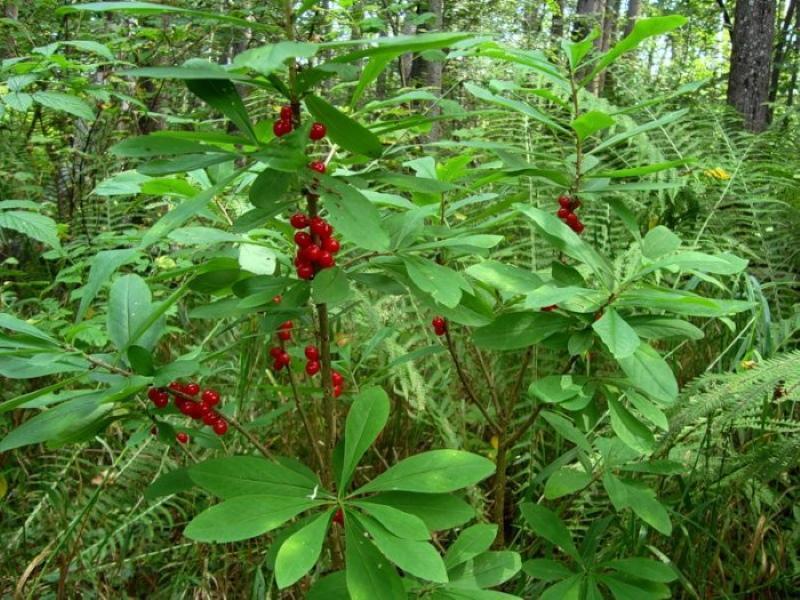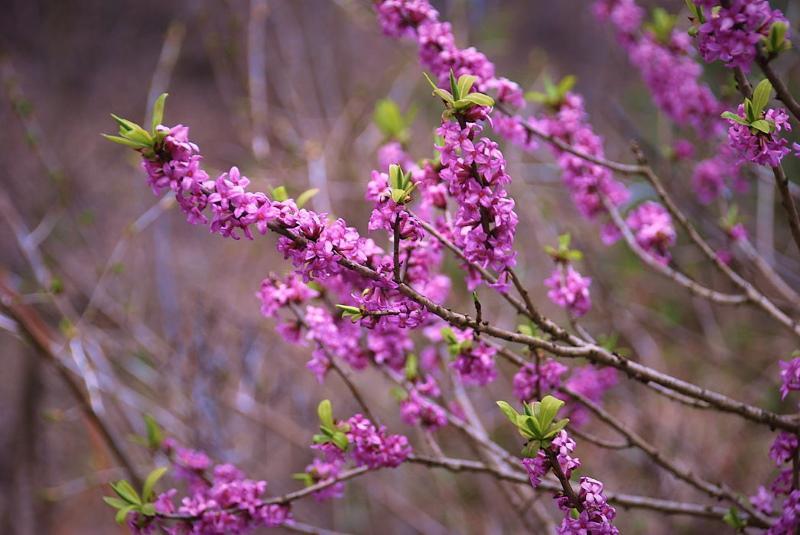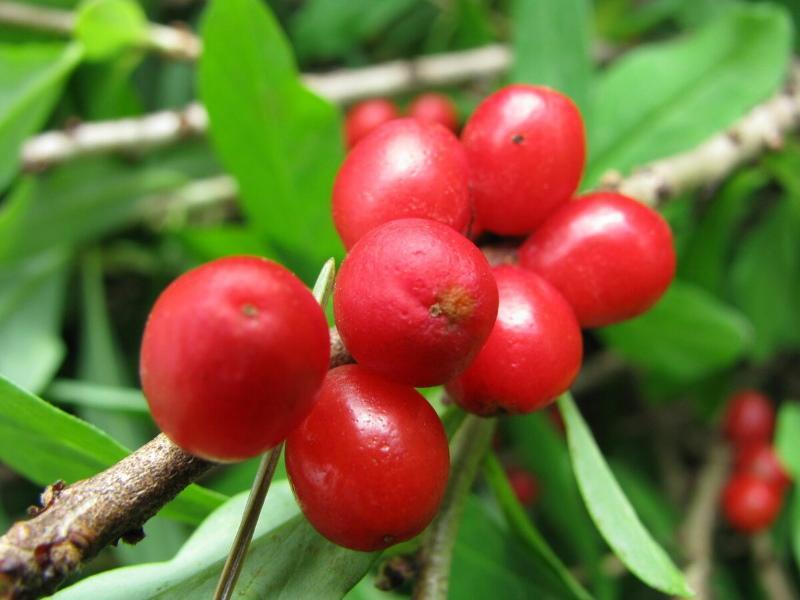You need to know the danger in person - what a wolf's bast looks like, a photo of a plant
 How often does it happen that nature plays with us and danger and even death is hidden under a beautiful appearance. For example, in order to protect yourself from poisoning, you definitely need to know what a wolf's bast looks like, a photo of not only its flowers, but also berries. It can be misleading even at the flowering stage, because in its beauty the plant is equated to blooming sakura and can collect branches for a bouquet. And its red berries are only appetizing in appearance, but in fact they are poisonous, however, like the rest of the parts. How do you recognize a dangerous culture among the harmless?
How often does it happen that nature plays with us and danger and even death is hidden under a beautiful appearance. For example, in order to protect yourself from poisoning, you definitely need to know what a wolf's bast looks like, a photo of not only its flowers, but also berries. It can be misleading even at the flowering stage, because in its beauty the plant is equated to blooming sakura and can collect branches for a bouquet. And its red berries are only appetizing in appearance, but in fact they are poisonous, however, like the rest of the parts. How do you recognize a dangerous culture among the harmless?
What does a wolf's bast look like, a photo of a plant

The wolf's bast blooms in early spring, even before the mass appearance of foliage. The bare twigs are literally strewn with beautiful fragrant flowers of four petals. Most often they are saturated, but delicate pink in color, but sometimes darker, purple ones are also found.
The wolfberry belongs to the wolf family, and it received its "animal" name for being deadly poisonous. All parts of the plant contain poison, but especially the berries - red, barrel-shaped drupes. Only 3-5 berries are enough to eat to get fatal.
Where is wolfberry used
 Despite its danger, wolf bast is sometimes even specially grown. And in some countries, for example, in Moldova, culture has long been under the protection of the Red Book. And all because it is widely used in folk medicine, although it has not yet received official recognition. Due to the irritating property of the plant, tinctures, decoctions, infusions and even ointments are made from it.
Despite its danger, wolf bast is sometimes even specially grown. And in some countries, for example, in Moldova, culture has long been under the protection of the Red Book. And all because it is widely used in folk medicine, although it has not yet received official recognition. Due to the irritating property of the plant, tinctures, decoctions, infusions and even ointments are made from it.
Provided the correct and moderate use of funds based on wolf bast, they have a healing effect, namely:
- have a warming effect and relieve pain in case of joint diseases;
- improve sputum discharge after warming compresses for bronchitis;
- accelerate the ripening of boils;
- relieve pain in various neuralgias.
Baskets and bast were used to wick baskets and other products. Today, some types of wolfberry are even specially grown as decorative cultures. The variegated wolf bast looks gorgeous in the garden, and another variety will delight with lilac flowers in late autumn.